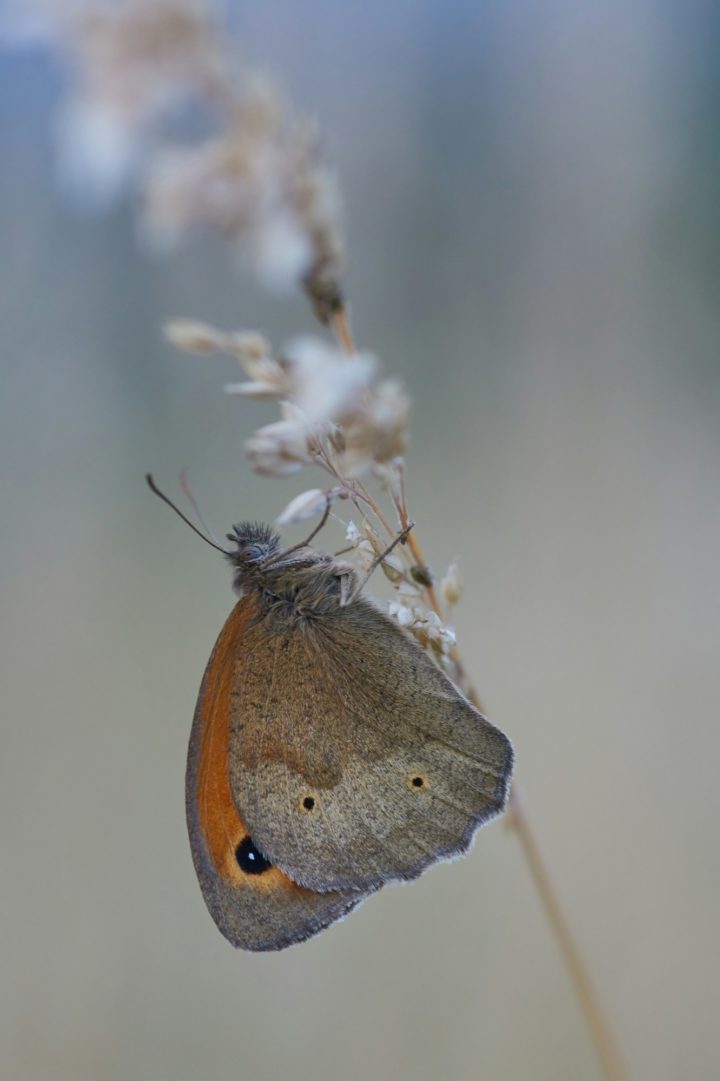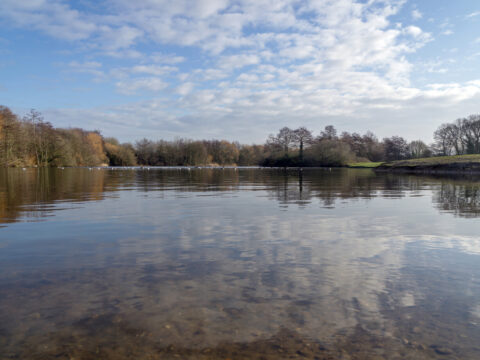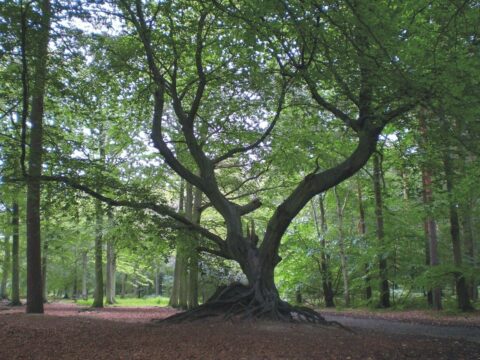Get Busy Spotting Butterflies
Read more about the importance of monitoring butterflies and how you can get involved.
Posted on 12th June 2025
During the last couple of years the team at Belhus Woods Country Park have been undertaking a survey to monitor butterfly species found in the park as part of the United Kingdom Butterfly Monitoring Scheme (UKBMS).
The UKBMS is one of the longest running insect monitoring schemes in the world. Having begun in 1976 it is now recording data on over 2,000 sites a year.
You can use our Butterfly Spotter's guide to identify those you see.
Why Butterflies?
Butterflies are uniquely placed to act as indicators of the changing environment as their quick lifecycles are highly sensitive to changing conditions.
The data collected is used to track trends to support research and conservation in a variety of ways and full records can be read on the UKBMS website.
Join a Butterfly Survey
If you have lots of time and are really ready to commit, there are lots of ways you can get involved with the UKBMS.
You can also sign up for the Big Butterfly Count - which is aimed at members of the public.
The Big Butterfly Count is a nationwide citizen science survey aimed at helping us assess the health of our environment.
Launched in 2010, it's rapidly become the world's biggest survey of butterflies. Thousands of citizen scientists take part every year, submitting thousands of counts of butterflies and day-flying moths from across the UK.
Join the count for 2025, which is running from Friday 18 Julyto Sunday 10 August.
Download the Big Butterfly Count ID chart.
Read more about the National results for 2024.

Tagged with
Related blogs

A year in the life of a country park
Ever wondered what goes on behind the scenes at a country park? Here park manager, Gavin Leonard, reflects on a year in the life of Belhus Woods during 2025.
Posted on 17th December 2025
Read article
Celebrate 4 tremendous trees at Essex Country Parks
This National Tree Week we are celebrating some of the significant and stunning trees at the Essex Country Parks.
Posted on 18th November 2025
Read article
Celebrate World Photography Day with photographer Andrew Adams
To celebrate World Photography Day (Tuesday 19 August) we speak to Essex photographer Andrew Adams who explains why the changing seasons and summer inspire him.
Posted on 30th July 2025
Read article